Video presentation
Ever heard of clarified butter? It is a special type of butter subjected to a precise heat treatment in order to remove water and proteins. The result is a butter made up of about 99% of lipids. The starting raw material is therefore simple butter, just what is obtained from fresh cream!
But what is it for? (you will rightly ask)
Clarified butter is essentially used as fat for frying thanks to its extraordinary resistance to heat: if in fact the smoke point of classic butter varies between 120 and 160 ° C, that of clarified butter is as much as 252 ° C. In other words, clarification allows the fat to produce toxic compounds at much higher temperatures. The result? A healthier frying (compared to frying in classic butter)!
A BIT OF THEORY ...
What is clarified butter?
Ghee is a fat derived from animal milk. Starting from the raw material (cow's milk butter), clarified butter is obtained by separating water and milk solids (proteins and carbohydrates) from the fat.
How do you get it?
To obtain the clarified butter it is necessary to melt the cow's milk butter in a saucepan. The purpose of this particular processing method is to separate the proteins (caseins) and water from the fat. Considering the different density of the butter components, the lipids tend to emerge, while the proteins, water and carbohydrates concentrate on the bottom. Fats, on the other hand, emerge. During the melting, a noticeable foam (milk solids) will form, which must be removed with a spoon or with a skimmer.
What advantages does it offer?
Unlike classic butter, clarified butter has a smoke point of 252 ° C (compared to 163-190 ° C for classic butter). This means that this particular fat is ideal for frying foods precisely because the potentially toxic compounds begin to form at very high temperatures, above 252 ° C.
How is it used?
Clarified butter can be used as a substitute for (or as an addition to) olive oil for frying. In addition, clarified butter is part of the composition of some important accompanying sauces, such as Bernese sauce or Hollandaise sauce.
Video of the Recipe
Problems with playing the video? Reload the video from youtube.
Identity Card of the Recipe
-
Ingrediants
- 1 stick (250 g) of butter
Materials Needed
- Tall, narrow saucepan with a thick bottom
- Colander
- Sterile gauze or strong absorbent paper
- Jar for storage
- Skimmer
Preparation
- Place a stick of butter (whole) in a saucepan and melt it gently, avoiding mixing.
Did you know that
The butter can be melted either on a saucepan (with a thick bottom) in direct contact with the heat or in a bain-marie: the important thing is that the heat is very sweet.- As the butter melts, a persistent surface foam (made up of milk solids) will form. Remove the foam with a spoon or a slotted spoon.
- When the butter is completely melted, two phases can be seen: at the bottom the milk proteins (mainly caseins), above the lipids (clarified butter). Clarified butter is distinguished by its straw yellow color and its clarity. The water will have evaporated almost completely: during cooking you may in fact notice small bubbles.
- At this point, the clarified butter just needs to be removed from the remaining components that have settled to the bottom. With the help of a ladle, take the clarified butter and pour it into a colander lined with gauze or a sheet of resistant absorbent paper.
Attention!
At this stage, great care must be taken to avoid removing even the caseins deposited on the bottom of the pan!- Ghee can be used immediately or stored in a glass or plastic jar. To prolong the shelf life of the product, it is recommended to freeze it. If kept in the fridge, clarified butter can be consumed within the expiration date of the raw material (starting butter).
Alice's comment - PersonalCooker
We have thus obtained our clarified butter: at this point, you can use it for frying, to prepare the famous Hollandaise sauce or Bernese sauce, or to prepare the Milanese cutlet. If, on the other hand, you are a lover of Indian cuisine, you can use it as if it were the ghee (Indian butter, deprived of water and casein) and spread it on chapati (Indian bread).Nutritional values and Health Comment on the recipe
Clarified butter is a seasoning fat whose energy - lipid content significantly exceeds that of traditional butter; on the other hand, it contains lower amounts of proteins and water.
Given the complexity of the reactions that constitute it (dehydration and separation), it is not possible to define its nutritional values with sufficient precision. On the other hand, it is conceivable that they can be very close to those of an oil.

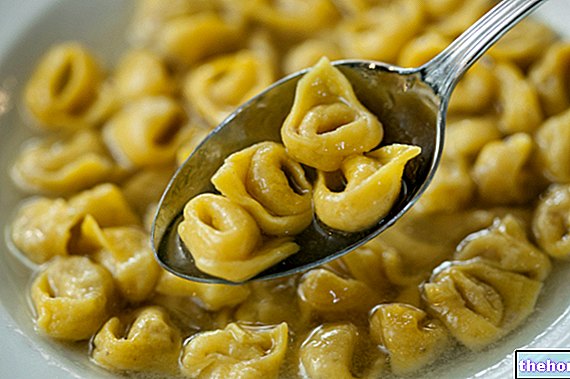
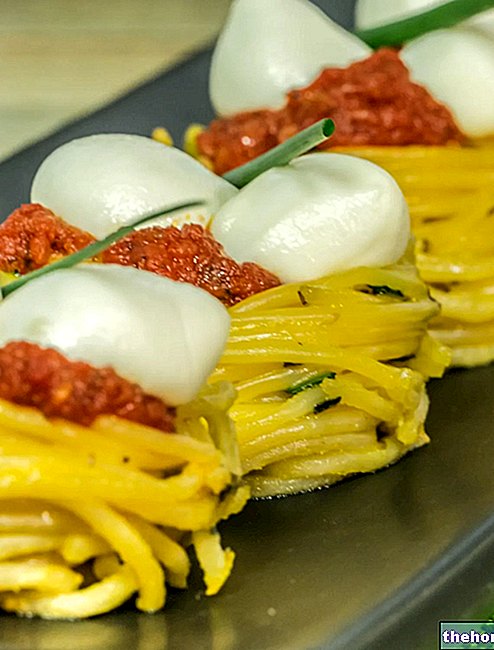
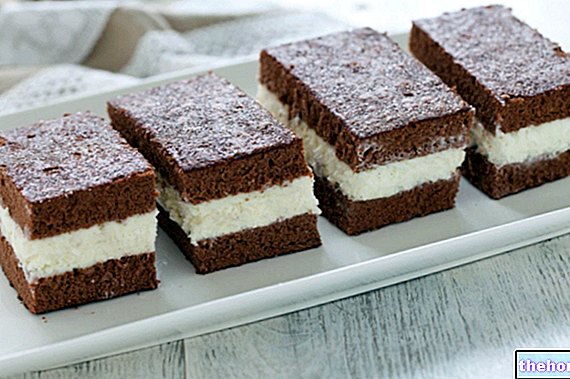
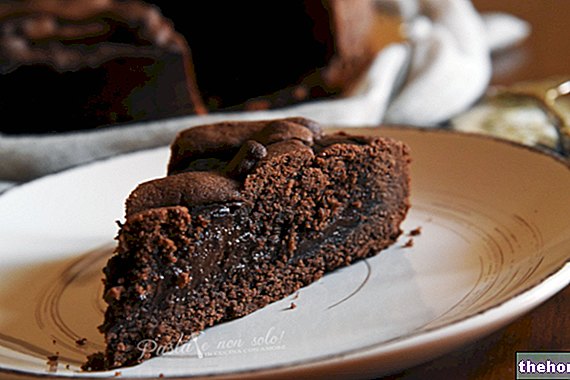
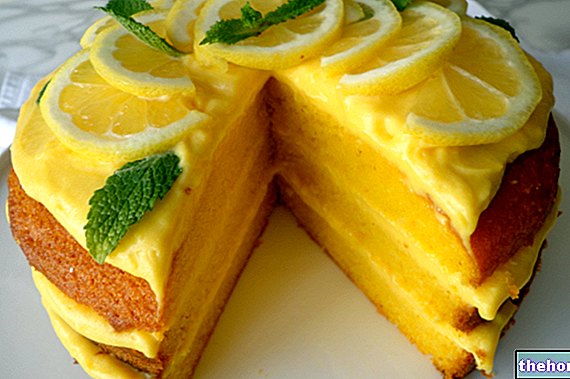
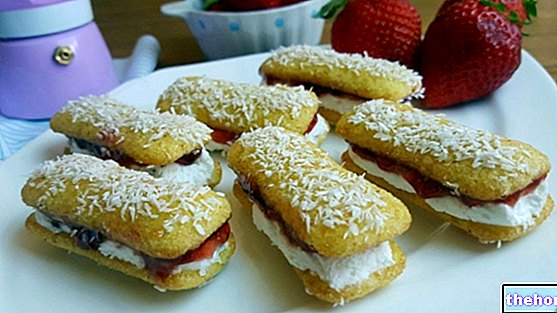
















-nelle-carni-di-maiale.jpg)




